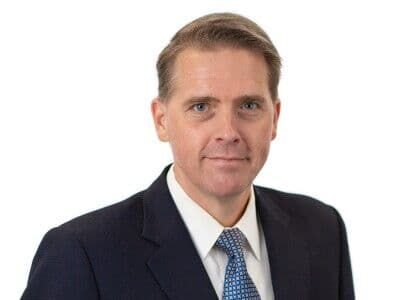4 years, 3 protest movements: How public fury toppled leaders in Nepal, Sri Lanka and Bangladesh
News > International News

Audio By Carbonatix
8:18 AM on Wednesday, September 10
By SHEIKH SAALIQ
NEW DELHI (AP) — The swelling wave of public anger first swept through the island nation of Sri Lanka in 2022 and ousted the president. Two years later, it erupted in Bangladesh as protesters toppled the ruling government. On Monday public fury exploded in Nepal, forcing its prime minister to resign a day after.
Each protest movement began with a specific grievance that flared up, ending in the rejection of the government or its leaders.
In many ways, the protest movements share a common feature: disillusioned peoples’ resentment against the ruling elite and an entrenched political system they hold responsible for rampant corruption, deepening inequality and economic disparities.
Often led by young people, the protests have sparked deadly violence and sometimes left behind a political vacuum filled by unelected leaders and a worsening law and order situation.
“A perception of ruling elites as being both corrupt and ineffective at delivering a plausible path forward has created a structural basis for major crises,” said Paul Staniland, a politics professor specializing in South Asia at the University of Chicago.
The youth-led protests in Nepal began on Monday as simmering discontent over years was ignited by the government’s ban on major social media platforms. Many were particularly angry that the children of political leaders seem to enjoy a lavish lifestyle, while most of the population was dealing with economic problems, rising unemployment and widespread corruption.
The unrest has left at least 19 people dead.
Protesters — who have not clearly spelled out their demands apart from rallying under the anti-corruption call — burned the parliament building, presidential house, and residences of several ministers and other politicians. Bending to mounting public pressure, Prime Minister Khadga Prasad Oli reversed the social media ban and quit. However, he will still lead a caretaker government until a new one is in place.
It is unclear what the new government would look like and whether it will constitute the old political guard. Many Nepalis fear a familiar sequence of bargaining among the same political class they want to overthrow.
Nepal is fraught with frequent political instability and each prime minister’s tenure has lasted just a year or two since the new constitution came into effect in 2015. The country abolished its monarchy in 2006, after a violent uprising that forced its former king to give up his authoritarian rule.
Staniland said the violence could make it “much harder to determine who should be in charge or how they should proceed.”
“The big question now in Nepal will be whether order can be restored and new, stable political dispensation forged,” he said.
Those in Nepal looking for answers about its future will not find solace in Bangladesh and Sri Lanka.
The lack of consensus on basic reform demands like elections and anti-corruption mechanisms, and an uncertain road map for the future, have dented the democratic progress in those countries and further exacerbated the problems they face.
In Bangladesh, student-led protests started with anger against rules that limited the number of civil service jobs based on merit. They morphed into a massive nationwide uprising in July last year that culminated in the ousting of Prime Minister Sheikh Hasina. Hundreds of people, mostly students, were killed in violent protests.
Hasina fled to India, and an unelected interim administration, headed by Nobel laureate Muhammad Yunus, was installed. He promised to restore order and hold a new election after necessary reforms.
One year on, Bangladesh remains mired in instability. Politic parties are bickering over election dates. Mob violence, political attacks on rival parties and groups, and hostility to vulnerable minority groups by religious hard-liners have surged.
In Sri Lanka, the then-Prime minister Ranil Wickremensignhe took over the country after protesters forced the powerful Rajapaksa clan out in 2022. The country later had a democratic transition of power after Marxist lawmaker Anura Kumara Dissanayake was elected as president last year. He promised to improve standards of living, clean up government and hold corrupt politicians responsible for their actions.
Almost a year later, Sri Lanka's problems seem far from over. Its people continue to deal with issues like economic hardships, human rights concerns and foreign-debt default.
“There is no sign of the ideals of change desired by the protesters,” said Veeragathy Thanabalasingham, a Colombo-based political expert.
Recent popular revolts have also rocked other nations in the region.
In Indonesia, deadly protests last week over lawmakers’ perks and the cost of living forced the country’s president to replace key economic and security ministers. The protests have led to the death of at least seven people.
In Myanmar, imprisoned former leader Aung San Suu Kyi ’s democratically-elected government was ousted by the military in 2021. Resistance to the military government has grown, and the country is now in the midst of a brutal civil war.
Staniland said while “most protests come and go without such dramatic results” as those seen in Nepal, Sri Lanka and Bangladesh, “the kindling is there for miscalculations and unexpected events to spiral.”
“I think Nepal represents the new politics of instability in South Asia," he said.
——
Associated Press writer Krishan Francis in Colombo, Sri Lanka contributed to this report.











